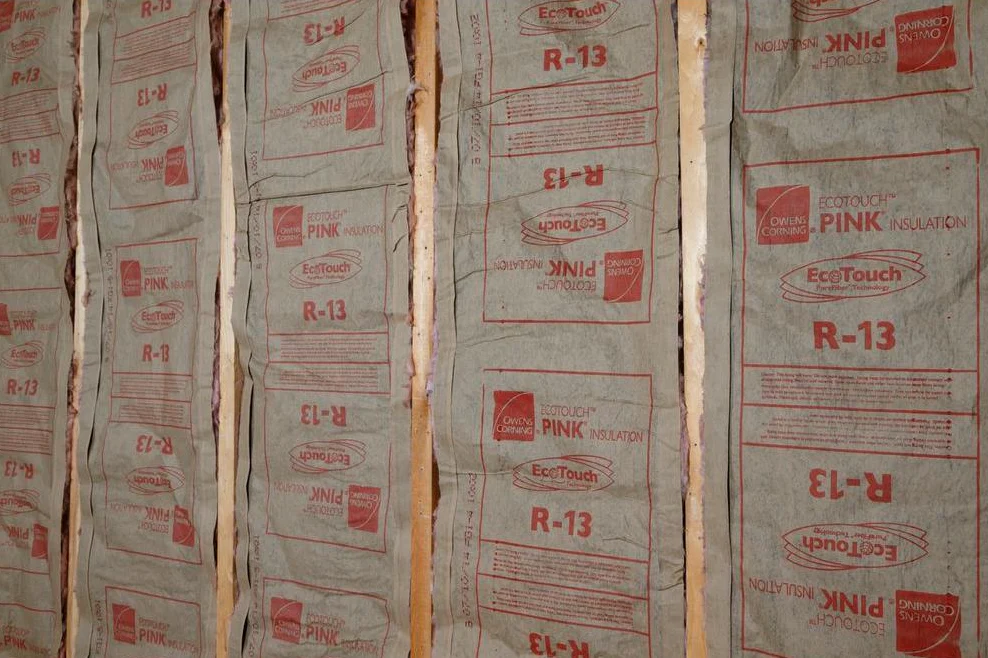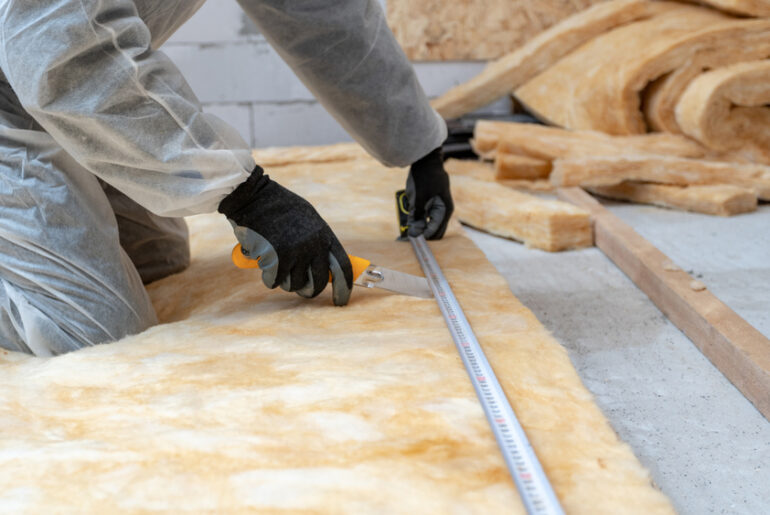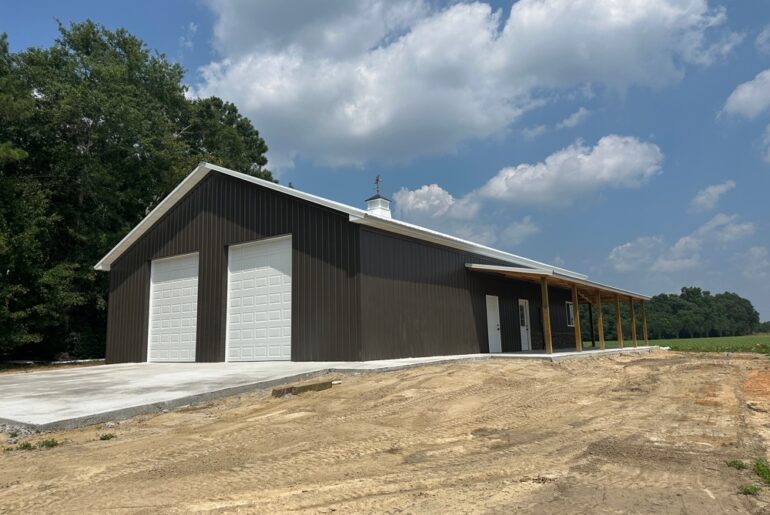Insulating your home can sometimes be a complex and challenging activity. It becomes worse after spending all that money to get your house insulated, only for the insulation to get wet or ineffective due to damage from water vapor.
There are several factors to consider when deciding to get a vapor barrier. Experts say that vapor barriers are often not necessary in warmer climates, and they might do more harm than good if installed in the wrong climate and on the wrong side of the building materials. But installing a vapor barrier in the right climate can help prevent structural damage and mold growth and can potentially save you from spending more on your utility bill.
So when is a vapor barrier with fiberglass necessary? Why do you need one? And which vapor barrier best suit your needs?
This brief piece delves into why vapor barriers may be necessary, the types of vapor barriers for fiberglass, and the differences between them. Hopefully, this will help you make a more informed decision on how best to maximize your insulation.
What Is a Vapor Barrier For Insulation?
A vapor barrier is a layer of material used to prevent or reduce the transfer of moisture or water vapor from the environment into a building structure. While fiberglass on its own offers some of the best value for money when it comes to insulation, there are times when it might be difficult to fit around obstacles without leaving gaps. So it might need a vapor barrier to augment its insulating ability.
It is also noteworthy to know that vapor barriers are pretty different from moisture barriers. While moisture barriers help prevent water from entering the wall, vapor barriers prevent vapor from the interior from filtering through the wall and condensing on the other side of the insulation. Nevertheless, vapor barriers come in different materials, each having a different level of permeability.
The types of vapor barriers for fiberglass include the following:
- Vinyl
- Kraft Paper
Vinyl is often used as a facing material on insulation. The vinyl acts as a protective cover, a vapor retardant, and an air and moisture barrier. Though not commonly used, vinyl can be a helpful insulation solution, especially for metal buildings.
Vinyl is quite affordable, robust, and relatively easy to install. It is also eco-friendly and can be recycled when it is no longer needed. A major downside to vinyl is that it may not be approved as insulation in your state or city.
On the other hand, kraft paper-backed insulation is another type of vapor barrier for fiberglass. Kraft paper is thin but rigid cardboard made from wood pulp. It is also referred to as insulation with plastic backing. It is important to note that kraft insulation may be faced or unfaced. A kraft-faced insulation vapor barrier is attached to the insulation material, where the face holds the insulation together.
However, installing a vapor barrier over kraft-faced insulation is not always a good idea as it can easily trap a significant amount of moisture.
It might be hard to decide if you need a vapor barrier or not when reconstructing or remodeling a house and installing insulation. But you will need a vapor barrier if the building structure is in the United States climate zones 4C or 5 and if it is cladded with absorptive material.
When to Use Vapor Barrier With Fiberglass Insulation?
You should get a vapor barrier if:
- You have an old home
- You are located in a high-risk Radon zone
- You have a mold problem
- Your electric bill has suddenly increased
A vapor barrier effectively stops vapor condensation, which can build up and cause structural and material damage to your home. The simple physics is that condensation forms when the moist and warm air from inside comes in contact with the cold and dry air from outside.
Moisture then passes through building materials such as wood, plaster, brick, and concrete. When this happens, the building’s structural components start to deteriorate — causing the paint to peel, destroying insulation, and peeling the plaster on the wall.
It is crucial to install the vapor barrier close to the source of humidity and moisture. The general rule is to install the vapor barrier on the interior of the insulation in colder climates while on the insulation’s exterior in warmer climates.
The rationale is to install the vapor barrier in the more humid and warm part of the building. So, installing vapor shield insulation in the interior insulation in a colder climate makes sense since most heat sources come from inside the building.
Certain locations like the attic and crawlspaces naturally require a vapor barrier as they are more prone to moisture damage. And this can be explained by a scientific theory called the stack effect. The ground absorbs water during rainfall and evaporates it into the atmosphere during warmer weather. Moisture from crawlspaces and attic can easily evaporate and condense into the fiberglass material through tiny openings.
The opening allows the chilly outdoor air with an easy route up through the flooring. Once moisture has accumulated, and these cracks appear, the moisture penetrates organic materials like wood flooring and fiberglass insulation backing. It would encourage the growth of mold.
Moisture in fiberglass insulation also affects its R-value (thermal performance) because water displaces the insulating air trapped in the insulation. An absorption of about 20% moisture can lead to about a 55% loss in insulation value. While fiberglass is resistant to mold, the presence of water can make it a growth medium for mold and mildew.
Does Fiberglass Insulation Hold Moisture Without The Barrier?
Insulation is intended to minimize heat transfer, thereby keeping warm air inside and cold air outside. The issue with insulators is that warm air holds more moisture, and this has to go somewhere. While fiberglass doesn’t absorb moisture, it does hold moisture, which can be very bad in the crawl space environment.
When this occurs, the insulation’s pores become moist, and because water changes temperature quite often, this affects its mold-resistant property and its thermal performance.
Think of it like cotton candy, fluffy and soft, which acts as a filter for dust, pollutants, and dirt, all of which can support mold growth if wet. Hence, it is vital to prevent water from coming in contact with fiberglass, and nothing does this job better than a vapor barrier.
Can You Install Vapor Barrier For Existing Fiberglass Insulation?
The general rule is yes. However, it is important to consider the integrity of the insulation before installing a vapor barrier. Look out for mold, mildew, and moisture, as installing a vapor barrier on wet insulation may do more harm than good.
When Do You NOT Need A Vapor Barrier?
A vapor barrier might not always be needed in all cases. Experts often advise homeowners not to install vapor barriers in warmer climates, and if they are installed in the wrong climate and on the wrong side of the building materials, they can do much more harm than good.
The vapor barrier may also prevent water vapor from drying, further escalating to more material rot and mold growth. It is essential to consult building professionals and contractors to understand your building needs and the criteria laid down by established professional organizations.





